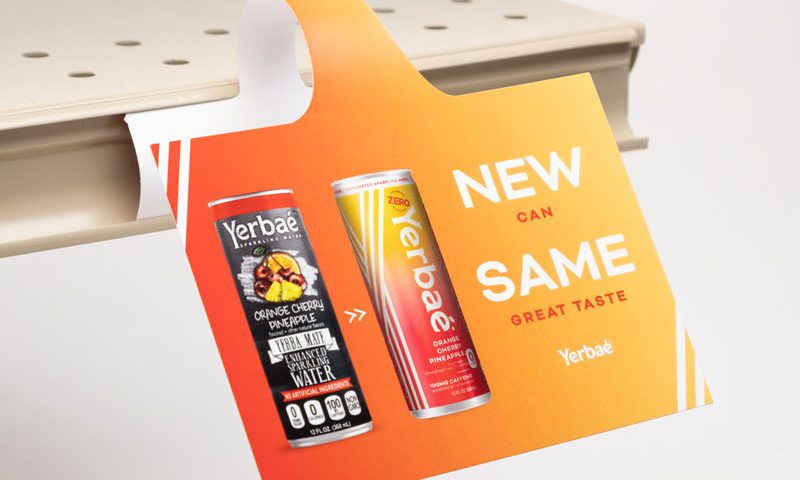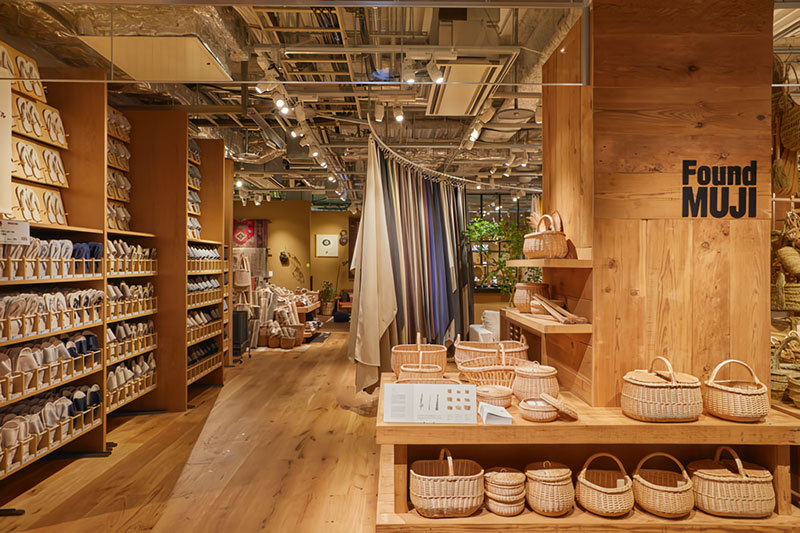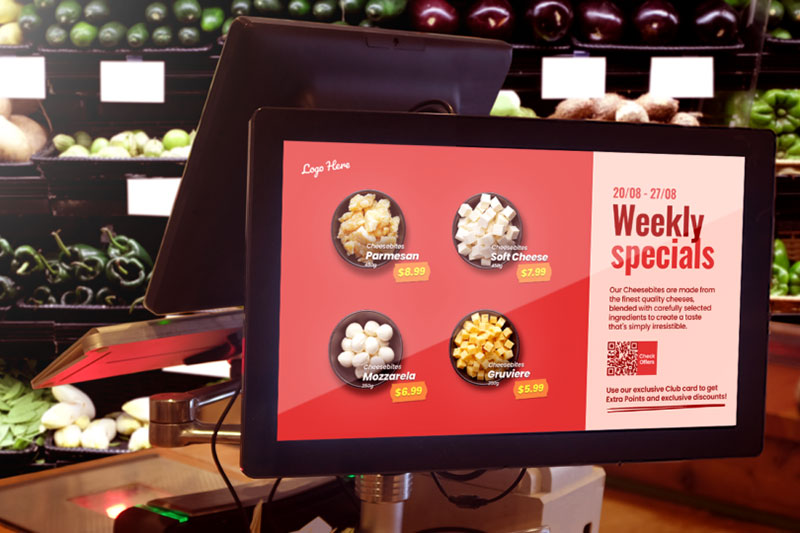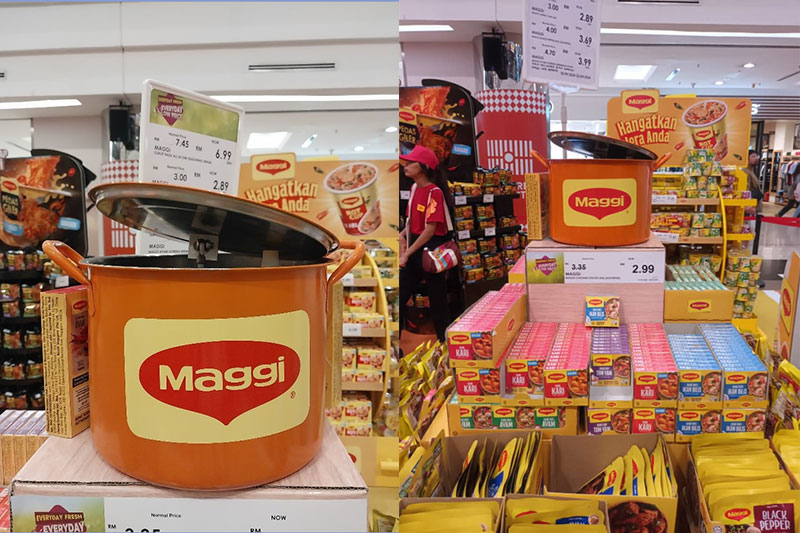Imagine walking into a store to grab a bottle of wine, and right next to it, you see a beautifully placed wobbler suggesting a perfect cheese pairing. Suddenly, you’re buying both, not because you planned to, but because the suggestion made sense. That’s the power of POSM cross-selling, using point-of-sale materials (POSM) to nudge shoppers toward add-on purchases they may not have considered. The right shopper psychology strategies and bundling techniques can make these extra purchases feel natural and even rewarding.
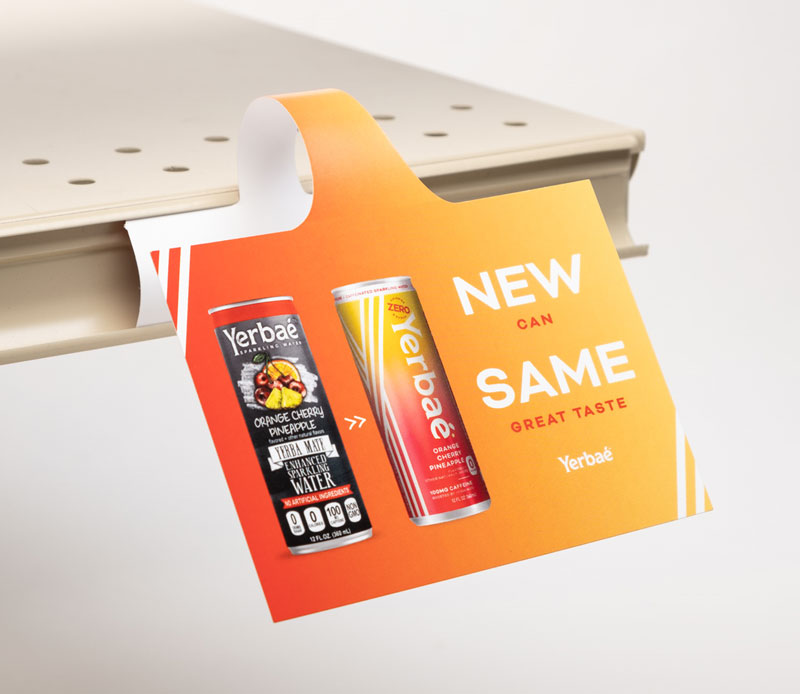
The Psychology Behind Cross-Selling
As human beings, we are drawn to what’s easy, convenient, and valuable, especially in urban environments where every minute counts. Well-placed POSM taps into these instincts, helping customers make quicker decisions while increasing their basket size.
1. Impulse Buying: The Power of Convenience
We’ve all made unplanned purchases in the heat of the moment. This is impulse buying, where seeing a complementary product displayed next to the main item makes it easier to say, “Why not?”
Example: When refuelling your car, you might grab a drink or a snack bar at the cashier counter because it’s right there, and what’s another RM5 on top of a RM100 fuel bill?
2. Perceived Value: Why Bundles Work
A shampoo and conditioner set always feels like a better deal than buying each item separately. This is because bundling creates perceived value, making customers feel like they’re getting more for their money.
Example: A pasta and tomato puree combo at a discounted price reduces decision fatigue and makes shopping easier, as it’s an item that’s likely on the grocery list anyway.
By leveraging these behaviours and techniques, your brand can gently guide shoppers toward additional purchases without making them feel pressured.

Maximising Your POSM Cross-Selling Potential
Now that we know how shoppers can be subtly influenced, let’s explore how POSM can be used effectively for cross-selling. Unlike a salesperson using persuasion techniques, POSM must be strategically designed and positioned to achieve the same impact.
1. Shelftalkers: The Silent Salesperson
Those small, eye-catching shelftalker signs attached to store shelves do more than just grab attention. They can also nudge shoppers toward smart buying choices.
Example: A shelftalker near the steak section suggests a marinade or a premium salt blend, making it effortless for the shopper to pick up both.
Best uses of shelftalkers in cross-selling:
- Highlight Pairings: “Best served with our Barbecue Ranch Sauce!”
- Promote Discounts: “Buy One, Get One 50% Off”
- Educate Shoppers: “This coffee is best paired with our hazelnut syrup for a café-style experience!”
These subtle prompts make decision-making easier, leading to higher sales conversions.
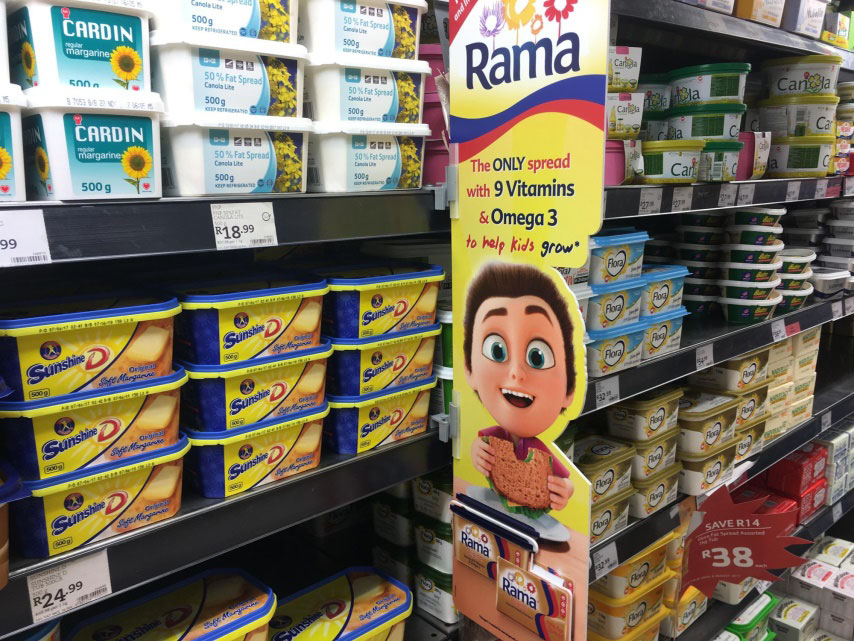
2. Bundling: Making Add-Ons Irresistible
When products are bundled together logically, they feel like a smarter purchase. Here’s how brands can use bundling to drive add-on sales:
- Pairing Discounts: Buying a razor? Get 33% off a pack of blades.
- Themed Sets: A “Chinese New Year” bundle with mandarins, festive biscuits, and soft drinks makes welcoming guests easier.
- Gift Packs: A pre-packaged skincare gift set with a cleanser, toner, and moisturiser saves time for customers looking for a complete skincare routine.
Example: Many chocolate brands sell Valentine’s Day bundles, pairing chocolates with a plush bear or a greeting card, making gift shopping a breeze.
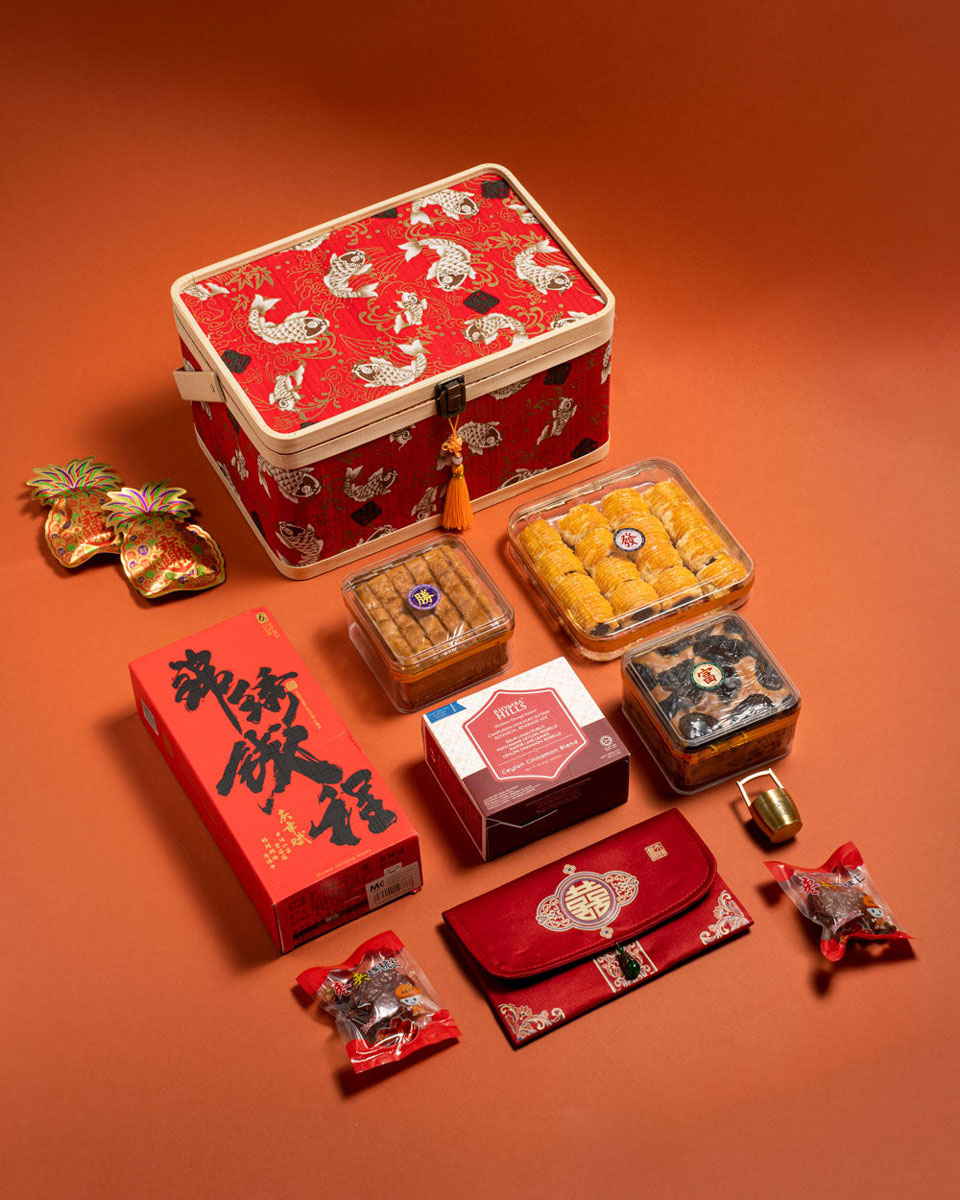
3. Digital Enhancements: Tech-Driven Cross-Selling
Modern digital POSM solutions can personalise product recommendations and drive cross-selling at scale.
Example:
- Interactive kiosks in clothing stores suggest matching accessories to complete an outfit.
- QR codes on POSM link shoppers to “Complete the Look” bundles, guiding them to related products.
- Touchscreen displays in beauty stores help shoppers build skincare routines by recommending toners, serums, and moisturisers based on their skin type.
This digital integration makes cross-selling more engaging and data-driven, allowing retailers to customise offers based on shopper preferences.
4. End Cap & Checkout Displays: The Final Push
Most customers assume their shopping is complete when they reach the checkout. But this is where some of the most effective cross-selling happens.
Example: Batteries displayed near electronic gadgets or coffee filters next to coffee makers remind shoppers of what they might need before leaving the store.
Best uses of end cap & checkout displays:
- Impulse Items: Lip balms, chewing gum, and small travel-sized toiletries near checkout counters.
- High-Margin Products: Energy drinks and protein bars near the gym supplements aisle.
- Last-Minute Essentials: Phone chargers and earphones near an electronics checkout.
A well-placed suggestion increases the chances of customers grabbing “just one more thing”, especially when it adds value to their original purchase.
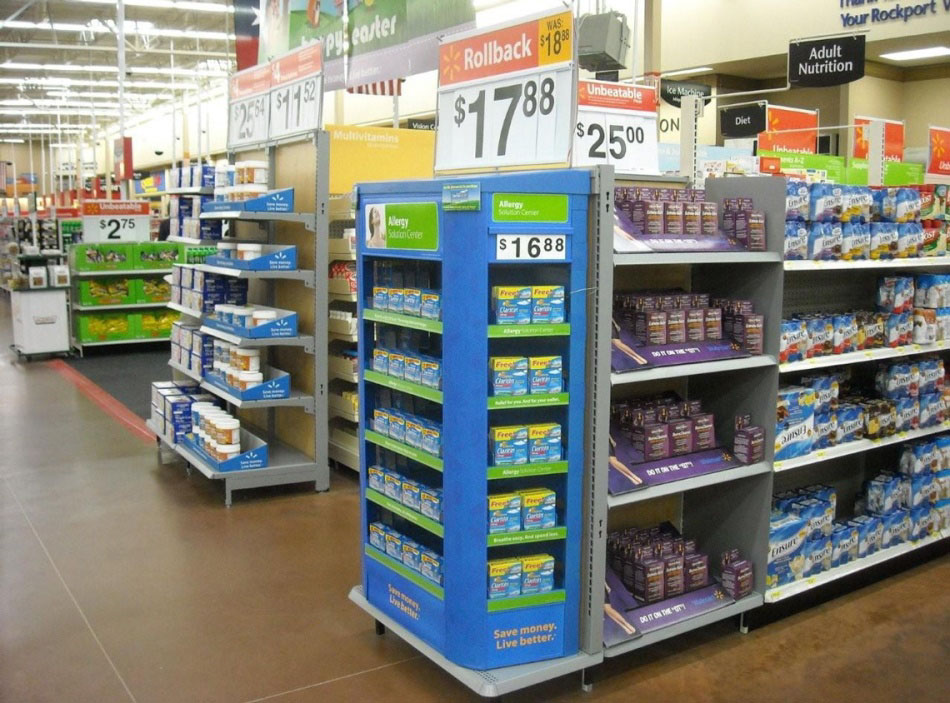
The Future of POSM in Cross-Selling
POSM cross-selling about helping shoppers discover what they might need, in a way that feels seamless. By implementing shelftalker strategies, bundling techniques, well-placed displays, and digital enhancements, POSM can transform a simple purchase into a more valuable one for both customers and brands.
A well-executed POSM not only boost revenue, but also enhances the overall shopping experience. The next time a shopper sees a cleverly placed POSM display, they might just walk out with more than they had planned, and love every bit of it.

